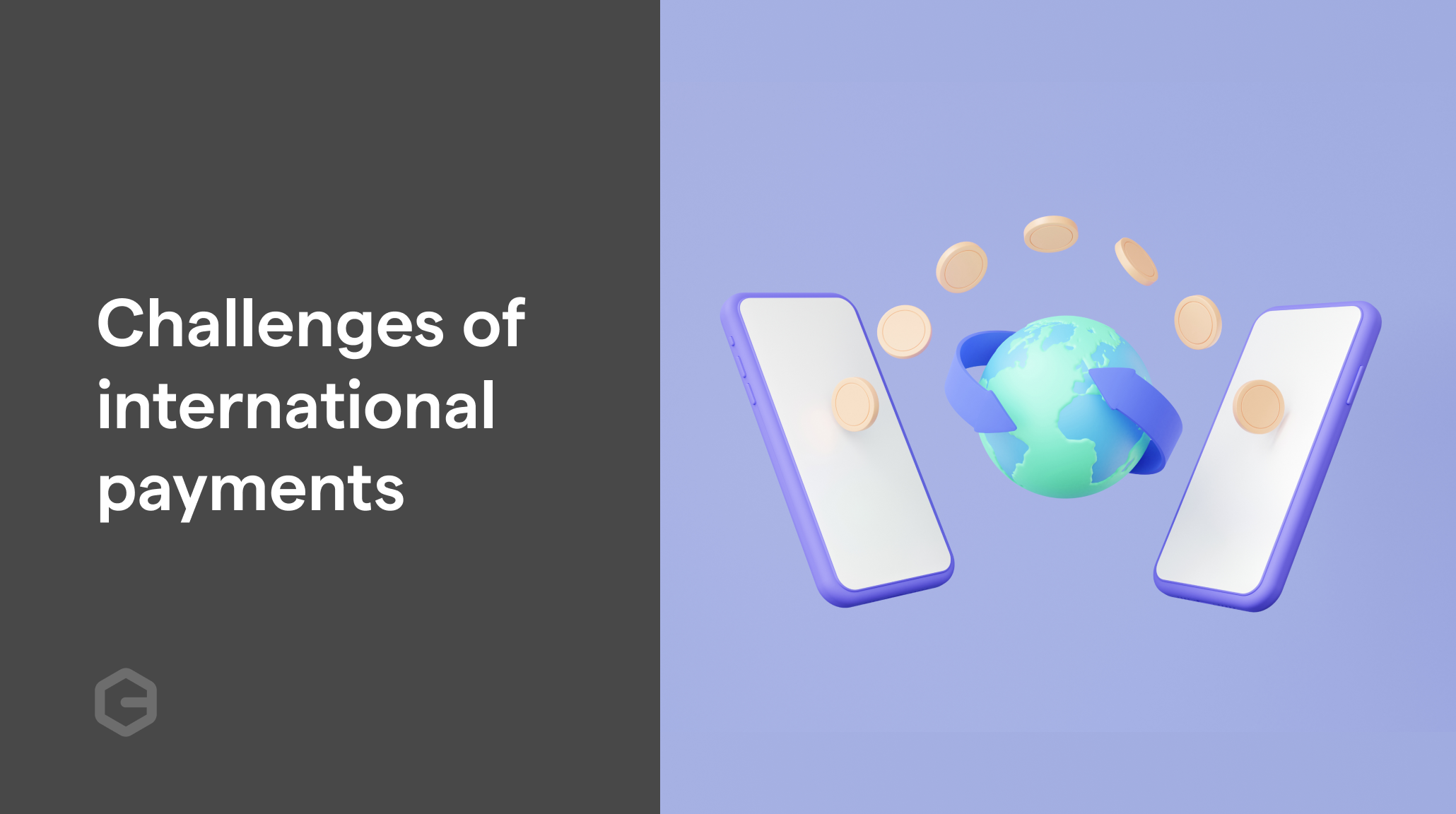Businesses today can seize exciting opportunities to scale internationally, tap into new markets and grow their revenue. But it's far from easy to do so efficiently and effectively. Payments is an important part of this growth equation. Companies expanding into new markets can attest to this.
In this article, we will explore the types of costs associated with international transactions, the factors affecting these costs, and why businesses need reliable and scalable payment processing.
How much does an international transaction actually cost?
Consider that your business is receiving an amount of $1000 from across borders for goods or services delivered. A money transfer service, a bank or a payment provider advertises the cost of transfer to be anywhere from $25 to $30. But the transaction typically costs the receiver much more than that.
Depending on the mode of payment and the transacting currencies, an international transaction can cost anywhere between 0.3% to 20% of the transaction amount. At 10% transaction cost, the business can lose $100.
The importance of understanding hidden charges
Evident from the above example, hidden charges can significantly impact the final amount received by the beneficiary. These hidden fees, if not carefully monitored, can erode your transfer amount and result in unexpected expenses. Therefore, being aware of and understanding these hidden charges is of utmost importance to make cost-effective and informed financial decisions.
In the above example, the transaction cost $100 could mean the difference between profit or loss for the company. Even for a profitable business, the expected margins would be less than actuals.
Some of these costs may be unavoidable, but clear disclosure can allow you to understand what these hidden charges are and their impact on your sales or revenue, so you can take measures to minimize their effect on your business finances.
Common Types of Hidden Charges
International payment transfers are processed broadly in a four-body payment system with a lot of intermediaries in between to facilitate the transactions. The intermediaries have their processing fees in addition to the conversion costs. There may be other costs associated with availing this facility based on the payment method of choice, such as account opening fees, or withdrawal costs.
Exchange rate markups
Exchange rate markups occur when financial institutions offer rates that differ from the mid-market rate. The difference between the offered and mid-market rates represents the markup and acts as a hidden fee. Typically, this ranges from 2% to 5% of the transaction amount.
Transfer fees and commissions
Banks and money transfer services often charge fees and commissions for facilitating international transfers. These fees can vary widely depending on the service provider and the transfer amount but are usually in the range of $15 to $50.
Correspondent bank fees
Correspondent banks act as intermediaries in international money transfers. While their role is vital for facilitating cross-border transactions, they may charge fees for their services. Depending on the ticket size, this may be anywhere between $15 – $30.
Account opening or set up fees
Depending on the mode of payment, there is an additional set up or account opening charge associated. The account opening process typically involves charges for documentation, verification, and processing. Additionally, some banks may require a minimum deposit or maintain a monthly average balance, which may vary based on the type of account and the bank's policies.
For cards in India, this ranges from INR 500 to 10000 depending on the bank. Most multicurrency accounts via banks or payment platforms have a minimum balance requirement. Usually this is to account for currency exchange volatility.
Maintenance fees
Maintenance fees are usually charged to cover account management services and other administrative expenses. These too, depend on the mode of payment.
Conclusion
Transparency in money transfers empowers you to make well-informed decisions, resulting in significant savings and better control over your finances. Seeking transparency in money transfer options is essential for understanding the true cost of your transfers as well as deciding which option is best for you.
We believe informed merchants are empowered merchants. So, transparency is one of the key drivers behind PayGlocal’s multicurrency account – both for product and pricing structure. Our product brings transparency and visibility to the payment status and timeline of the transactions. Our standard and transparent pricing ensures affordable transactions without additional costs. You can talk to our team to see it in action.



